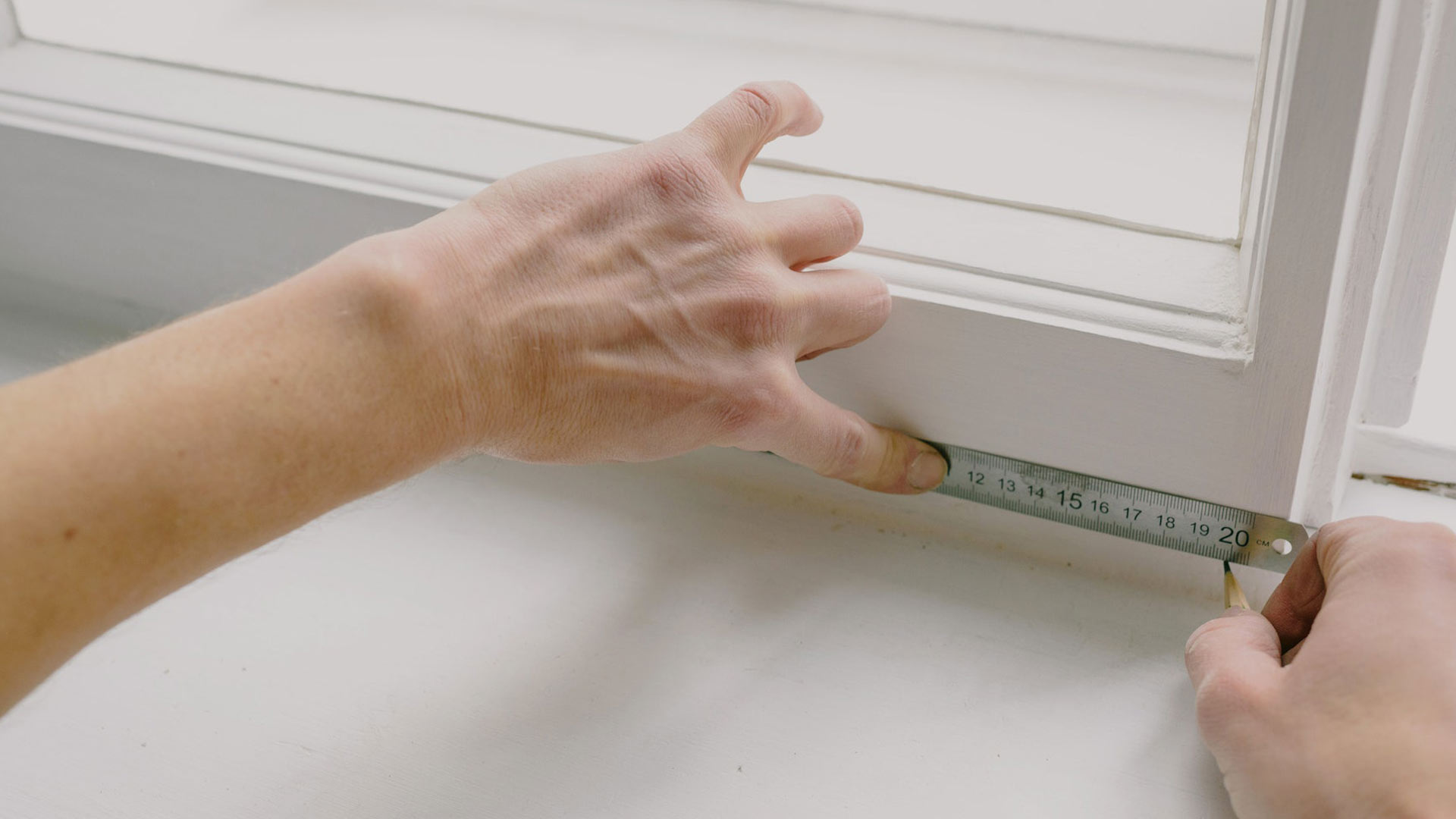
Choosing the Right Material: A Deep Dive into Window and Door Frames
Windows and doors serve as the transition points between the interior sanctuary of our homes and the bustling world outside. Beyond their primary functions of letting in light, providing views, and facilitating entry, the material of window and door frames plays a pivotal role in their performance, aesthetics, and longevity. This article unravels the diverse world of frame materials, helping you choose the one that’s right for your needs and architectural inclinations.
Wood: The Timeless Classic
Pros:
- Aesthetic Appeal: Wood has a natural charm and warmth that’s hard to replicate. It offers a timeless, classic look that’s versatile across various architectural styles.
- Insulation: Being a natural insulator, wood frames can help in maintaining indoor temperatures.
Cons:
- Maintenance: Wood is susceptible to warping, rotting, and termite infestation. It requires regular maintenance like painting or staining to ensure longevity.
- Cost: High-quality wooden frames can be on the pricier side.
Vinyl: The Modern Mainstay
Pros:
- Cost-effective: Generally more affordable than wood or aluminum.
- Low Maintenance: Vinyl frames resist UV rays, meaning they won’t fade, yellow, or deteriorate quickly.
- Good Insulator: Vinyl has decent thermal properties, keeping homes comfortable.
Cons:
- Less Structural Rigidity: Over time, especially in extreme temperatures, vinyl might warp.
- Aesthetic Limitations: Some homeowners believe vinyl lacks the charm or authenticity of materials like wood.
Aluminum: The Industrial Powerhouse
Pros:
- Strength and Durability: Aluminum is robust, lightweight, and resistant to the elements, making it ideal for larger windows or sliding doors.
- Sleek Modern Look: Aluminum frames offer a minimalist, industrial aesthetic popular in contemporary homes.
Cons:
- Thermal Conductivity: Aluminum conducts heat, which can be a disadvantage in extreme climates without proper thermal breaks.
Fiberglass: The Rising Star
Pros:
- Strength and Durability: Fiberglass is robust and doesn’t warp, rot, or corrode.
- Energy Efficiency: Excellent insulator, often outperforming both wood and vinyl.
- Low Maintenance: Doesn’t need frequent upkeep.
Cons:
- Cost: Generally more expensive than materials like vinyl.
- Limited Availability: Being relatively new, it might not be as readily available as other materials.
Making the Decision: Factors to Consider
- Climate: Depending on your locale’s weather conditions, you might prioritize insulation properties or resistance to specific elements.
- Maintenance Willingness: Are you okay with periodic upkeep, or do you want a set-it-and-forget-it solution?
- Aesthetic Preferences: Your home’s design and your personal taste will play a significant role in your choice.
- Budget: While it’s crucial to invest in quality, balancing your budget with your desired features is equally essential.
Choosing the right material for window and door frames is a blend of art and science. By understanding each material’s properties and balancing them with your specific needs, you can ensure your windows and doors not only look fantastic but also stand the test of time, safeguarding your home and enhancing its aesthetic and functional appeal.
Photo by Ksenia Chernaya

